Gerry Hundt – Taking a Blues Ride
by Matteo Bossi
There are musicians who have been able to fill different roles, contributing a lot to the success of the many projects they have been involved with. That’s precisely the case of Gerry Hundt, a multi-instrumentalist very active since more than twenty years, mainly but not exclusively on the Chicago scene. Beside extended stints, first with Nick Moss than with Corey Dennison, Hundt has developed his own projects both as a solo one man band and with his trio. The last few years have seen him working steadily with Dig 3, alongside Ronnie Shellist and Andrew Duncanson and releasing a couple of albums, the most recent being “Damn The Rent”, where they put their own stamp on traditional blues.
How did the Dig 3 start out? It all happened in 2020 during the pandemic?
Yes, Andrew and Ronnie had been doing some Kilborn Alley stuff before the pandemic, I worked with Ronnie for years on various things, I produced two of his albums…I’ve done a bunch of recording wih Andrew on Blue Bella, Nick Moss’s label. I know those guys for years. Ronnie had moved to Champaign, where Andrew lives to work with him more so we just decided to get together and play. Ronnie is very active on youtube and social media with his harmonica teaching so we figured we could play a little bit and play it on the internet and have some people see us, maybe get some tips and just have fun. That was the idea behind it at first and it was a lot of fun. So Andrew said, why don’t we go into the studio for a day and see what happens? That’s how our first album came about.
You self produced it with a crowdfunding campaign?
Initially we did the record and it turned out really well, so we said why don’t we make it something we can release and send out, do it all the way. To do that we had people preorder it using Gofundme, they could contribute more if they wanted it. That was really succesful for us, so we did it again with Damn The Rent.
The quality of the songwriting is excellent, do you think it is some of the best stuff you’ve done so far? It’s traditional but personal.
Yes, I agree. Andrew writes such cool songs and he usually has an idea of how he wants the music to be but he’s very open to our suggestions so a lot of the times it’s really a group effort how the songs end up sounding. We collaborate easily together, there are very few bad ideas! Sometimes even the bad ones are good. There’s definitely a familiarity to a most of it, but, like you said, there’s also our own personal stamp on it, our own kind of sound. I don’t listen to everything that’s out there now but it feels like when we’re playing or recording it’s something you don’t hear everyday.
Will you do a lot of touring?
We’re going to Macon, Georgia in May and a few gigs in the south, then in August a couple of festivals and some club dates. Ronnie moved back to Colorado so we don’t do as many of the local things. Andrew and I usually play together a couple of times a month either in a duo or in a band. That’s how the extra tracks on Damn the Rent came about, we played in Chicago with the band. Those tracks were recorded at a different session, we just wanted to do it.
How about the cover picture/ concept for Damn The Rent?
That came about because Ronnie…well when we did the main session we had this song Gold Tooth and it has that line in there and when we finished we were driving back to Champaign, the studio was a little south of Champagin, we said it was obvious Damn The Rent was gonna be the title of the record. Later on Ronnie, we had not even began to think about a cover, said what if it was a guy in an apartment building throwing the TV out of the window because he’s fed up or whatever? We said OK. But we were struggling as to how to convey that in a static medium like a picture. Andrew and I were driving, we played last year around this time in Des Moines at the Winter Blues Fest and we were bouncing ideas back and forth. It doesn’t have to be a big building and what if we use real people? And so the people on the cover are my neighbours in Chicago, Louis and his partner Bertha, it’s their house they’re standing in front of. Last year in may we went there, my wife Lola Reynaerts she is from Belgium and she’s a fantastic photographer and she took the pictures. Then we still had the idea for the TV and when I mentioned that to Louis he said “oh I’ve got a TV you can smash!”. I said “Ok, great”. I got and hammer from my landlord, I have it right here and we really smashed the TV in Louis’alley. It’s an old TV and it made a huge noise, all the neighbors came out thinking a bomb had gone off. It’s all kind of a narrative, of course the couple on the front cover play the American Gothic, the Grant Wood painting that is actually on display here in Chicago (At The Art Institute of Chicago ndt) and on the back the smashed TV with the hammer in there.
You were good friends with the late John-Alex Mason, you even recorded an album together as Mason & Hundt.
Yes, John-Alex and I met in college, in Vermont. He was a year older than me, so he graduated first. He actually did a little work as a photographer in Germany for the US Governement but we he came back he started to play music and eventually settled back in Colorado. He was from Colorado Springs and he was living in Vail at the time. He had booked severeal shows. I was living in New York prior to that, I was working as an electrician and carpenter for MTV. He invited me, he said, “do you want to come out and play some shows”. I said “sure, it sounds like fun”. I just loved the idea, I had some money saved and I decided to go out there and try playing music for a living. That’s what I did in 2001. We did a bunch of duo shows together and the Mason & Hundt album. But at the time there wasn’t a whole lot of gigs for duos. It was either for solo artists or bands. He continued to play some solo gigs. I grew up in northern Illinois and southern Wisconsin playing in band, so I was more used to that. I began playing with bands in Colorado and we had a band too, and electric blues band, we even got to open for Jimmie Vaughan. He was just a wonderful guy. When I first moved to Colorado we all had a house together, me, him and his girlfriend, future wife, Rosanne. We had the best time, he was so easy to get along. The only argument we ever had was in college and it was over what the original key of Mississippi John Hurt’s “Stagger Lee” was. Because on the rediscovered recordings he played it in D but in the old scratchy 78 it was in F sharp. But I said no it’s just sped up, they had to speed up the performances sometimes, it was recorded at a slower speed so the record plays at a higher pitch…he thought it was in F sharp he never admitted I was right but I think from then on he played it in D!
It was a pleasure to see him develop as an artist, he started hanging out in the Hill Country of Mississippi with Richard Johnston…that’s what really got him into the idea of doing the one man band thing, playing the Lowbow cigar box. When he did the “Jook Joint Thunderclap” album it was such an amazing experience. I understood he was spending a lot of money for this album, a beautiful studio, ten musicians involved, myself included, he flew me out to Colorado. He got Lightnin Malcolm, Cedric Burnside, Cody Burnside… a malian guy playing marimba, two west african percussionists. It was incredible and the music was so good! I think at the end of the day the only overdub was some bass, everything was done in just one or two takes. I still have a very distinct memory of the sessions. It was a big room, Lightnin Malcolm was on my left and John-Alex was little further behind some baffles for the vocals. Cedric Burnside was in a corner for the drums way in the other side of the room. I remember watching him play, what a fantastic energy he brought. It was a pretty cool session. One song, “More Than Wind”, a pretty ballad, John-Alex sent me some of the mixes, and he said to me I don’t know what to do with that song. What do you mean? I said. And he said, “well, in the middle there’s a part where me and Lionel Young are playing the melody, I think I should record a guitar solo”. And I said “don’t you dare! Leave that song alone, it’s just how it should be, let the melody play”. He took my advice and I still love that song. That one and the last son, “Whisper”, was a bit of a departure from the stuff he had done before, more like crooning in a way. Then that was it and it was really sad.
You and other artists did a tribute to him. There was a record “Homeward Bound” and a live concert.
Yes and Colorado Springs public tv taped the concert. That hall was so beautiful, we performed with a good friend, the drummer Tony Hager, who passed away two years ago. Todd Edmunds was on bass, he played with Jason Ricci and Otis Taylor and one of the percussionist from John-Alex session was there. We all went out and got to do a soundcheck earlier that day…and when we performed the songs live I could not get through without crying, I could not do it. And Rosanne was there, his mother was there and they were crying. I got it out of my system at the soundcheck so for the actual performance I was good to go, but you can see that everybody was weeping. For the CD, Ronnie and I just recorded a song that I wrote, “Jaybird”, in his home office. Elam McKnight was trying to put together this project and there was a deadline. There was a period of time when I left Nick Moss band and before joining Corey Dennison band, where I was doing a lot of do it yourself kind of records, most of them are on my bandcamp page. And there was another version of “Jaybird” that ended up on one of them, I think it was the“On 14th Street” one.
One of these projects included Ralph Kinsey on drums, who just passed away.
Ralph was a very special guy and when I first move to North West Indiana and I started to get to know the musicians down there, Kenny Kinsey and others they were in the middle of putting together a solo album for Ralph. And they were doing a version of a Jimmy Reed song, “Take Out Some Insurance”. I really only knew the Kinsey Report as rock blues guys but the more I got to know them and learn about their history I knew that these guys grew up playing Muddy Waters and Jimmy Reed with Big Daddy. So I started the first incarnation of the Gerry Hundt Trio with Ralph Kinsey because he wasn’t always working with the Kinsey Report. We played local gigs with Randy Nelson as a bass player. Ralph was so much fun to play with. I did gigs with both Kenny and Ralph and actually one of the first recordings I did was with them, I think I called that “Live in Gary, Indiana”. No matter if it was a little gig in a restaurant or a big festival stage, it was the same for Ralph, he was there for the music, the sweetest guy. And his drumming too was fearless, he would go for crazy stuff, he influenced a couple of things musically for me. He was the first guy I heard play a rock beat over a country guitar feel or a gospel guitar feel. And that was heavy. That is something I carry with me. He had a wonderful sense of humour and a beaming smile, and he was always early.
How did you pickk up the mandolin? You also recorded your mandolin album, “Since Way Back”, for Nick’s Blue Bella label.
I grew up in Rockford, Illinois and I listened to a radio show out of DeKalb, Illinois. I heard a lot of contemporary stuff and a lot of old stuff. By contemporary I mean William Clarke, Gary Primich, Albert Collins, Robert Cray…and older blues like Robert Johnson. Nick introduced me to a lot Chicago blues I wasn’t really aware of, like Magic Slim or Willie James Lyons and all that. One of the things that I heard was Johnny Young and I loved that. I bought a mandolin from Tony Hager, he used to buy cheap instruments and refurbish them. Initially I tuned it like the top four strings of a guitar but then when I tried to play along with Johnny Young it wasn’t working at all. So I tuned it like a violin than everything made sense. Blues harmonica and mandolin are similar, they have the same kind of harmonic intervals relationship, fifths…mandolin is a visceral instrument for me. I progressed very quickly, I like to play blues on mandolin. We were making these cool records on Blue Bella with Bill Lupkin and Kilborn Alley and there were many harmonica players in the late Nineties and early 2000s…I wanted to put out a record to sell so I thought about doing a mandolin record, nobody was doing that. And of course the same year Billy Flynn came out with his mandolin record, Rich Del Grosso did his mandolin album… so I said “Ok whatever”. But still there were only three of us instead of thirty guitar players! It was a cool time, we did one show called Mandolin madness in Rockford, they flew in Rich Del Grosso up and we had great fun.
How did you and Nick meet?
When I was living in Colorado, my buddy Easy Bill, who just retired, he was a radio DJ and he played Fifties R&B on Public Radio, he was making his first album and he had hired Nick Moss as a producer. I had never heard of Nick. Bill burned me two CDs, one was a Kim Wilson album “Looking For Trouble” and the other was “Count Your Blessings” by Nick Moss. I liked the Wilson album, great record and Kim is always amazing. Then I heard Nick’s album and I remember feeling like “this is different, it’s harder Chicago blues, a little more modern, but still traditional”. I liked it a lot. Then there were the bonus tracks with Barrelhouse Chuck, Curtis Salgado, Sam Myers…which were cool too. I ended up playing harmonica and some drums on that Easy Bill album, Nick and I hit it off fine and later on they were coming through and they needed a gig. I hosted a Sunday afternoon blues jam so we had them coming. That was a line-up with his wife Kate on bass, Barrelhouse Chuck and Smokey Campbell on drums. They sounded great. We were all sitting around at a table afterwords. Nick said, “well this is Kate’s last tour”. She was pregnant with their daughter Sadie, who is in college now! I said “Oh I can play bass”. Over the next month or so we talked a little bit. I went home to visit my parents who didn’t live too far from him. We did a couple of gigs in La Cross,Wisconsin and in Minneapolis. He had another guy who played bass that he wanted to use, but he brought me into the band as a fifth piece playing guitar and harmonica. So I dropped my stuff at my parent’s house and I got in the van. For the next five years I was either in Nick’s basement mixing records or doing gigs. It was a super fun time.
In those days he also had the Blue Bella label.
Yes and they had a great idea to run it as a cooperative, the artists could record their album and retain the rights on music. We would do these batches of releases, where we would share the advertising and distribution costs…and it worked, the cost was lower this way. These were the days before Facebook, there’s still a lot of paper, press kits, that were mailed out…Kate did a wonderful job with that. The one promotion I remember was when we had big bag of blues, we had four or five releases so she bought very rough fabric bags, put the CDs in there and the put them in a box. That what DJs got.
When did you start to play as a one man band?
When I moved to Indiana I did not know many musicians, I was on the road with Nick quite a bit but I still wanted to play gigs in my off time. Inspired by John-Alex I got a bass drum and a hi-hat and I found a little gig in town that I could do by myself. I just started like that eventually adding a second hi-hat and a snare drum…to bring that much gear to a gig, it took me an hour to set it up. But then I found a foot drum, it is compact it sets up in ten seconds, I don’t remember if John-Alex told me or how I found out…Then I played a lot more gigs as a one man band and I did that album in 2015, I need to do another one like that. The majority of the gigs I play in Chicago are solo gigs, I play a lot at Kingston Mines. It’s a little bit closer to a Dr. Ross kind of thing, more lowdown.
How about your association with Corey Dennison?
It was 2013, we met before on the road in Canada but we really met in northwestern Indiana. He had a little trio and he was opening for Buddy Guy at Legends and I was doing the acoustic set. He invited me to play rhythm guitar for him and it was well received. We did a couple more shows like that. Actually the guy that booked us for our first festival just passed, Ken Zimmerman, the owner of the Harlem Avenue Lounge. We played a festival in Ohio and then we said we should really have an album to sell, as we were selling “Since Way Back”, my mandolin album passing it as a Corey Dennison Band album, we didn’t have one! I recorded a set we did at Legends and I used all my do it yourself skills I had learned.
I don’t really remember how the Delmark album came about at first, but we did it before we started to play at Kingston Mines twice a week. We made that and it was basically recorded live. We wrote some good songs. We would collaborate every couple of weeks on songwriting. The second album it was insane. We landed in Chicago from Scandinavia at 6.30 PM on a Sunday and we had a gig t 8.00 on the north west side of Chicago. We had gear stored at Mines, knowing this was gonna happen, so we hired a security guard from Kingston to bring our gear to the gig. And the drummer, Joel Baer, hired one of his students to set up our stuff. We drove to the gig and got there at 7.45. The next day we were back at the Mines but Corey’s voice was strained…I think we had the Tuesday off, then we went into the studio and did the bulk of “Night After Night” in one day. We just had to rerecord some of Corey’s vocals because he was kind of sick. Both records are pretty much live.
He did stop for a while?
Yes, you know everybody had their own experience of the pandemic, the lockdown and everything…you guys had it pretty bad over there. So he had his own experience of the whole situation. He’s doing what he wants to now.
I read that one of your mentors as a guitar player was Paul Asbell from the jazz band Kilimanjaro.
It happened when I was in school in Vermont. Paul had moved there in the early Seventies, from Chicago. He was in Earl Hooker’s band and he also played guitar on “Fathers And Sons”. One day a week he teaches, I think he still does, at the College I was in. I signed for a private lesson with him and I thought I was going to learn jazz guitar technique but he also taught me fingerstyle guitar…I think John-Alex may have taken a lesson or two with Paul as well. Anyway I bought a guitar from him, that I still have, a Gibson acoustic. On one of the last lessons before I graduated I said “maybe I should have asked you more about blues stuff”. “Maybe”,he said, “but what we’ve done is training your hear”. He thaught me some theory, some cool jazz stuff and the alternate fingerpicking kind of stuff. He was a great guy and a great guitar player, he was always in good spirit. I remember bringing him records from the radio station, I was a blues DJ there. I think it was “If You Miss’Im I Got ‘Im”, by John Lee Hooker, where there was this blurry picture of him on the back…I knew about him a bit but we didn’t talk too much about it. We reconnect when Paul and his wife come to Chicago. We went to see Erwin Helfer and Barrelhouse Chuck one night, he’s good friends with Mark Pokempner a great photographer who took some iconic shots.
That reminds me of your friend Joe Nosek who while in college had Jim Schwall as a teacher.
That’s right! Jim was a cool guy too. We played a festival in Canada with Nick and we had to do workshop where we were paired up with Siegel Schwall. Back in those days Jim played a Gibson B 25, an acoustic guitar with a pickup on it. And so while we were standing on the stage of that festival I said, “where’s your old Gibson?” And he said, “oh, man I beat that thing to shit I retired it years ago!”. We had a nice moment.
How did the blues scene in Chicago change over the last years?
I think the biggest change was brought by the Covid lockdown. We don’t have a lot of clubs that were open seven days or even five days a week. Kingston Mines is only open three days a week. That means a lot less performance opportunities for musicians. The repercussions of all that are still having an impact on the scene, maybe in ways we have not perceived yet. A lot of us are still trying to figure out how things are going to be. It’s like we’ve lost not only people but the milieu as well. Especially Blues on Halsted, that was a place that kept the tradition going and was also a spot where newer artists could grow and develop. It was a big loss. Plus so many of the guys that we all look up to passing, it’s a huge vacuum. You can’t replace a guy like Jimmy Johnson, he was so accessible and such a nice guy. Rick King just hosted a tribute concert for Vance Kelly who’s not in great health and he can’t play anymore. The scene is changing, getting a little younger, there is a certain amount of homegrown talent and people from other countries coming here to play the music and soak up the last vestiges of the stuff we read on record covers. I think Chicago compared to New Orleans does a really bad job acknowledging the role that music has had in shaping the history of the city. I’ve only recently, within the last three years, gone down to New Orleans I can say that really is a city that acknowledges the musicians are vital to the city’s culture. You can get health care down there. In Chicago, and most other places with the exception of maybe Austin, Texas, is not easy. 2020 was supposed to be the year of Chicago music, a big celebration…a couple of things are still remaining from that, like a list of Chicago musicians the people or organizations can hire, like a database for that. I don’t know what stage the Muddy Waters House Museum is at…the city is trying but they can do more, I suppose.


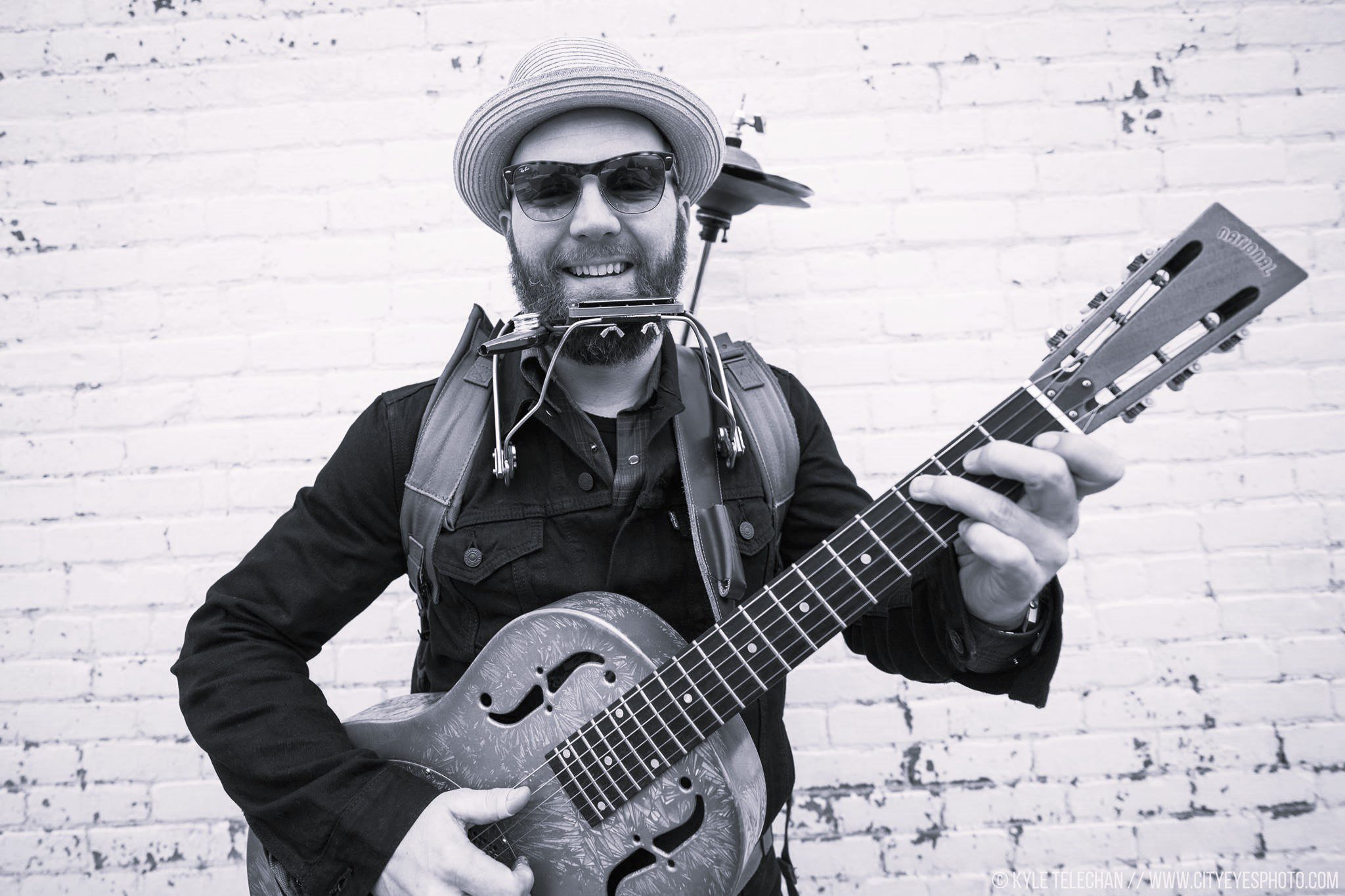
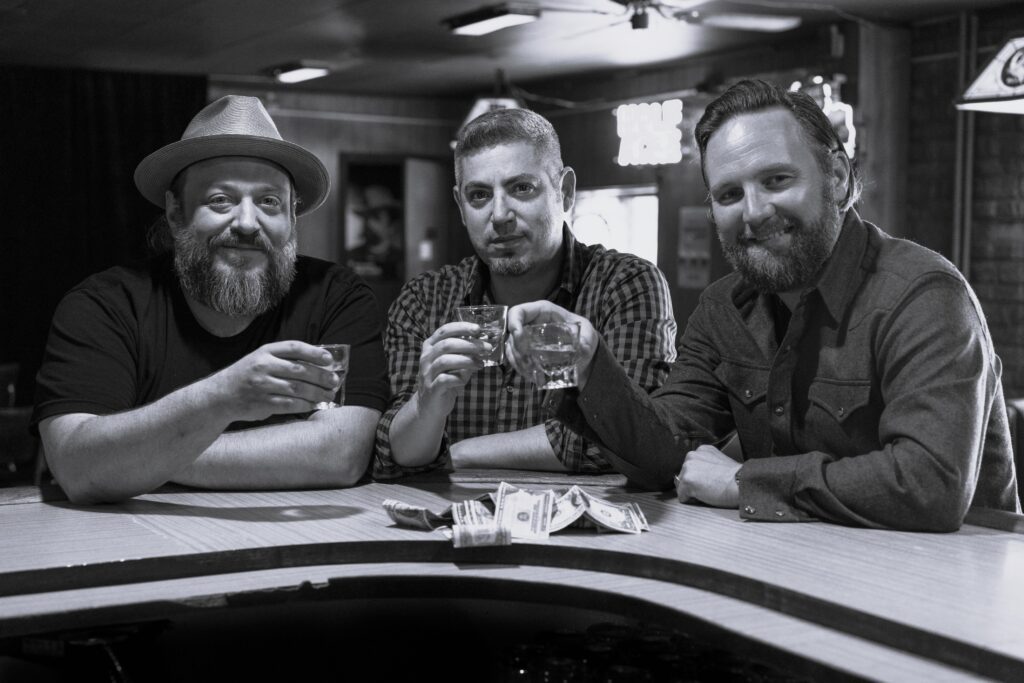
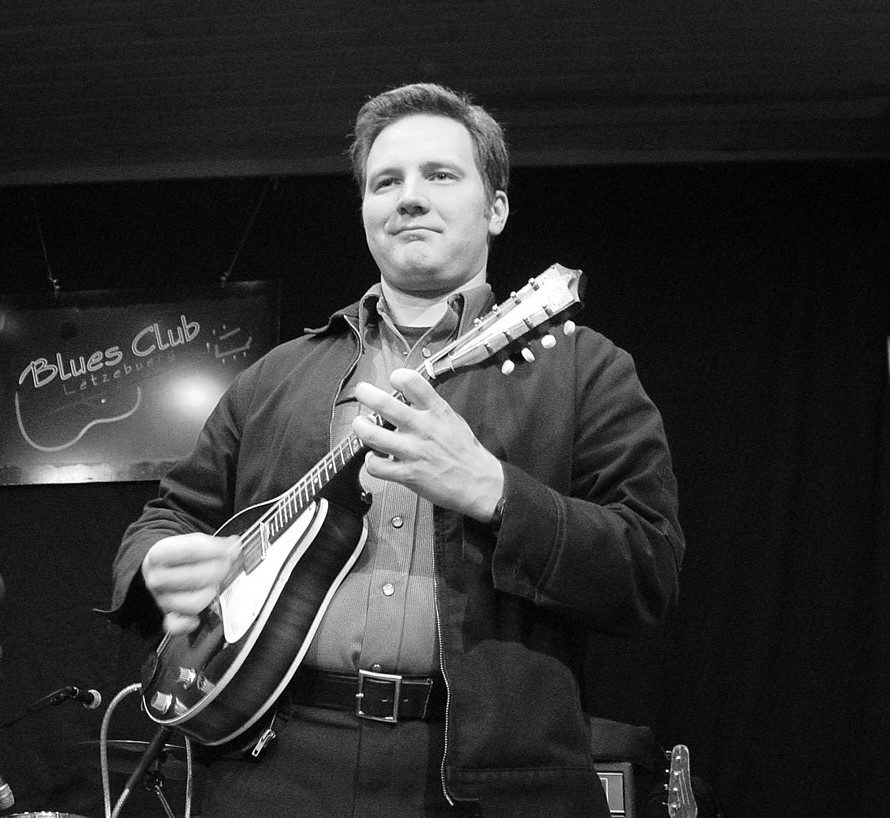
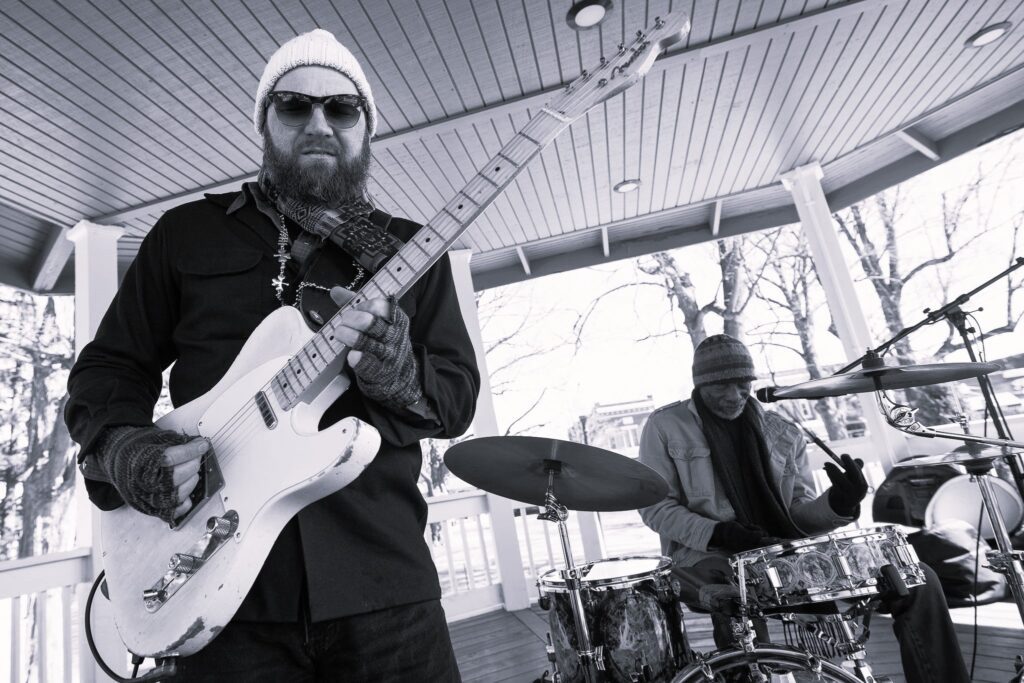
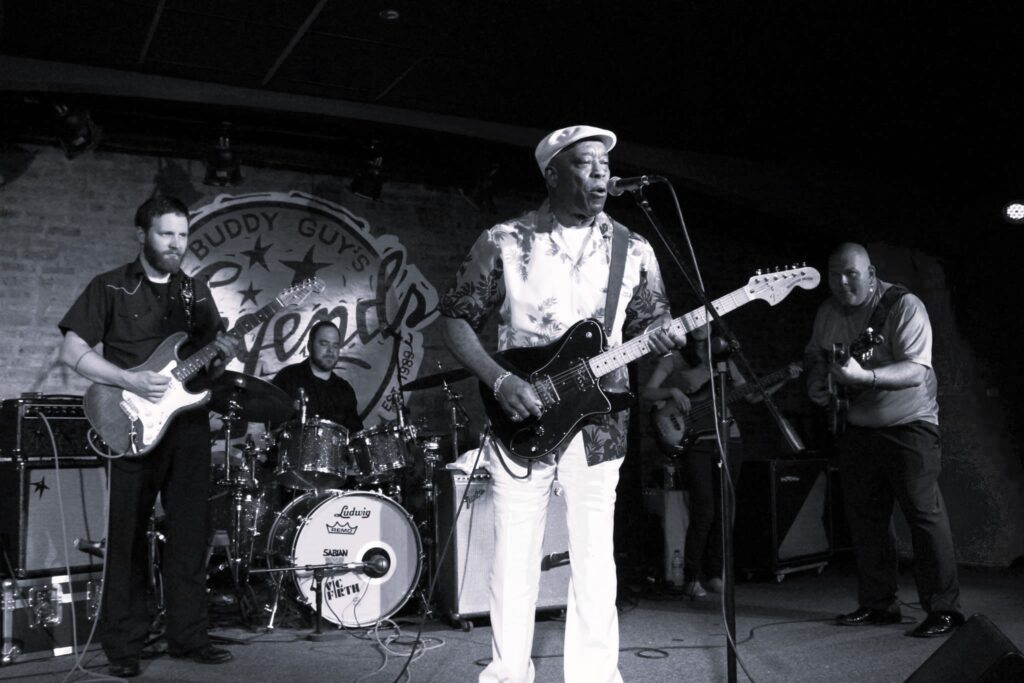
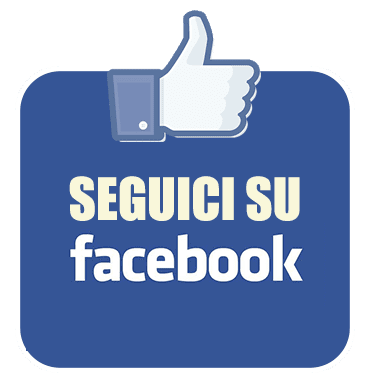
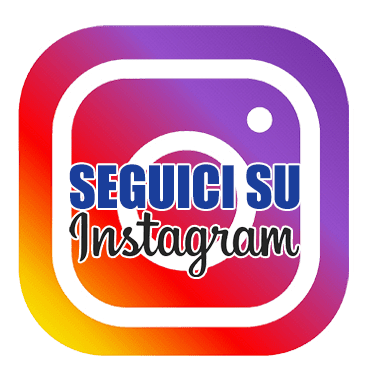
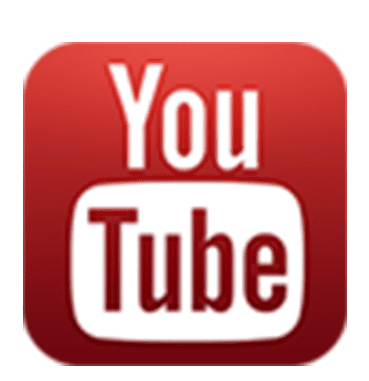
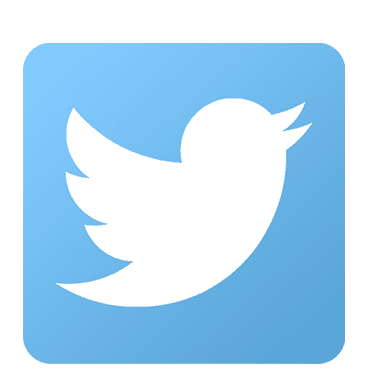
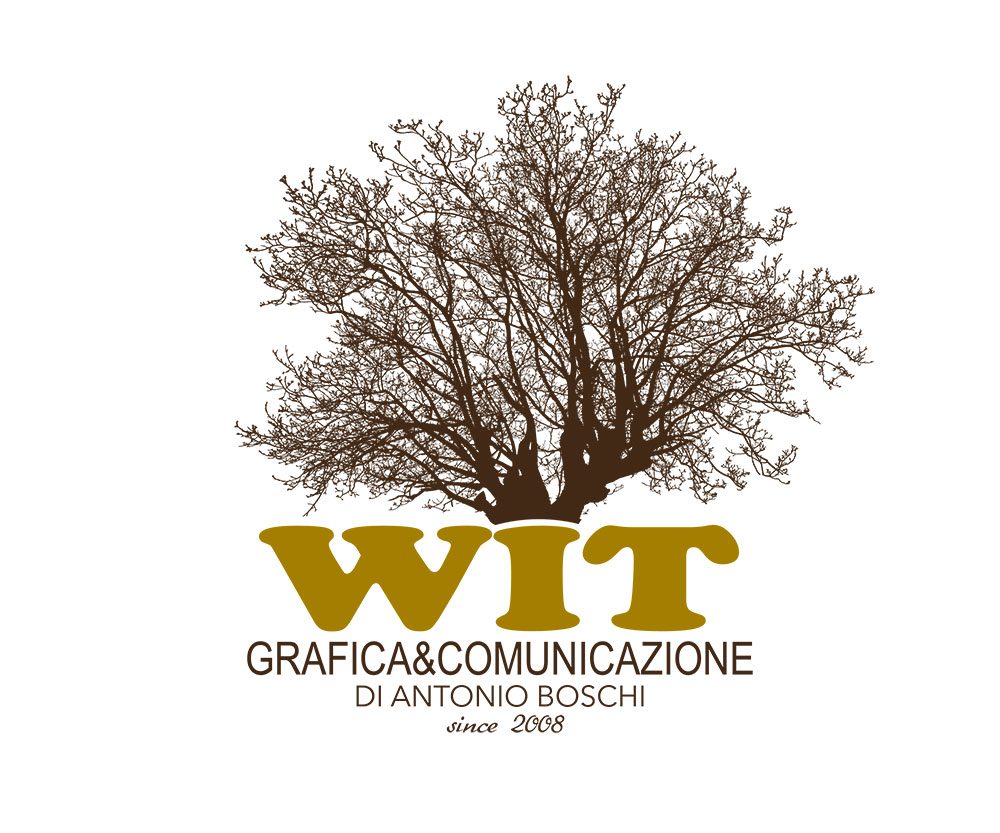
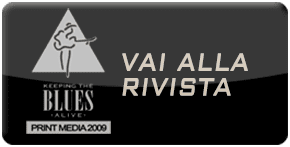



Comments are closed